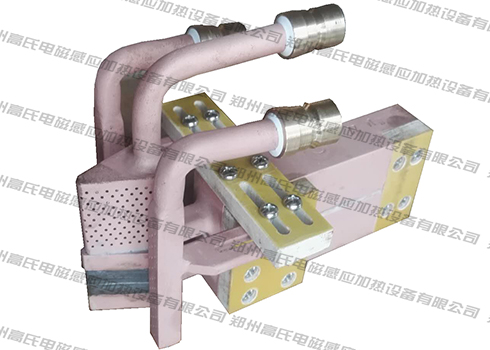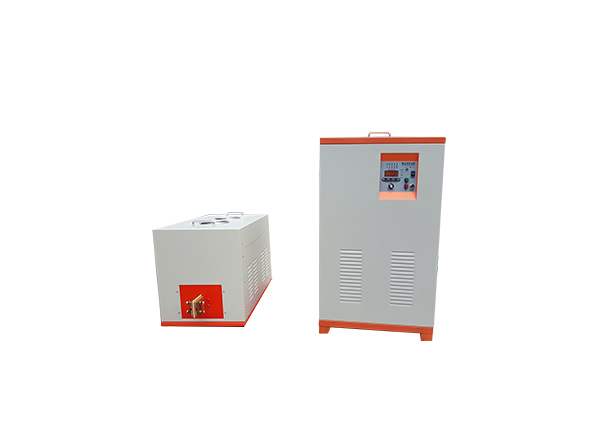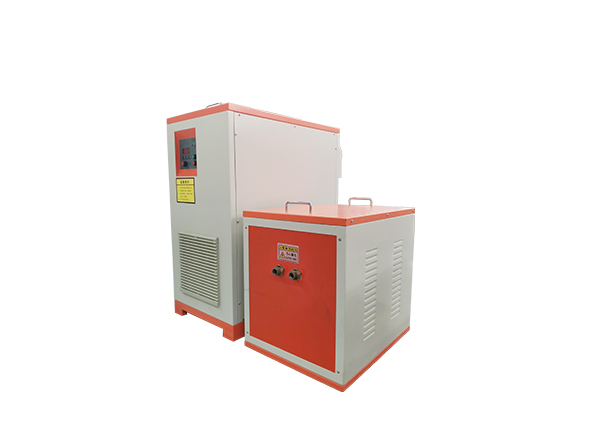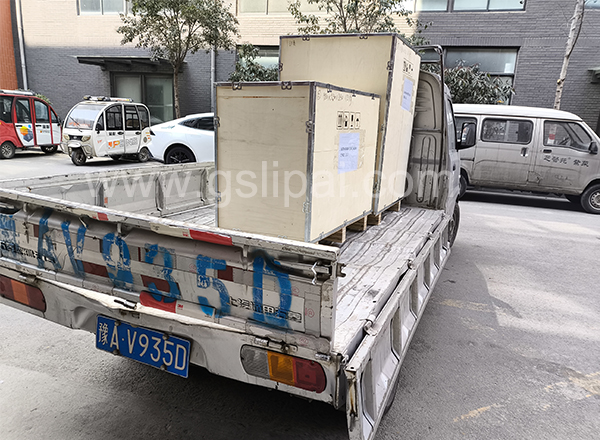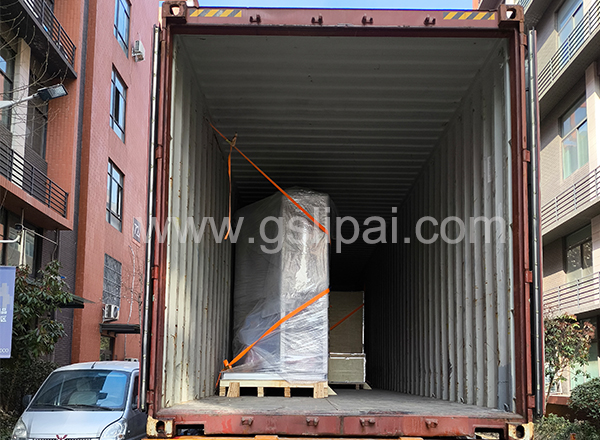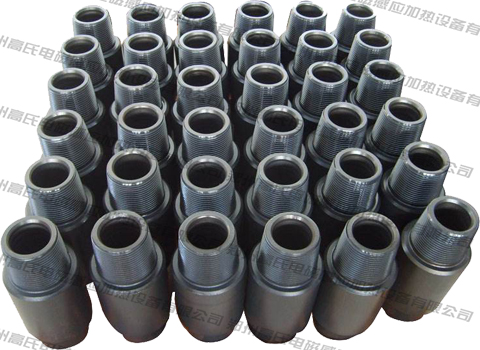
The drill pipe joint is an important part of the drill pipe, which is divided into male and female, and mainly plays the role of connecting the pipe body of the drill pipe. In drilling operations, the joints need to be replaced frequently, and in order to enhance the connection strength of the joints, the length of the pipe body will be increased at the joints. Therefore, the surface of the drill pipe joint needs to withstand greater bite force, alternating tension and friction force. According to its working characteristics, we know that good quality drill pipe joints need to have high hardness and fatigue resistance, good impact toughness, wear resistance and good fatigue resistance. The drill pipe joint is made of high-quality low-carbon alloy steel, and is quenched and heat-treated by a high-frequency induction heating machine to improve its comprehensive mechanical properties.
The processing flow of the drill pipe joint includes blanking, forging into billet, preliminary heat treatment (normalizing treatment), rough machining, quenching and tempering treatment, finishing machining, inspection, etc. When the joints are quenched and heated, in order to avoid uneven hardness of the joints and ensure the quality of quenching, the temperature of the quenching equipment should be adjusted to about 5°C. During heating and cooling, a certain distance should be kept between each joint, and the cycle Cooling to ensure that each joint can be cooled sufficiently to obtain the required martensite or sorbite structure. Finally, the uniform annealing treatment should be carried out on the joint, the purpose is to eliminate the band structure inside it, and carry out heating, quenching and tempering treatment according to the standard process parameters to ensure sufficient tempering, which not only eliminates the quenching stress, but also eliminates the The distributed martensite enables the joint to obtain a uniform sorbite structure and stabilizes the structure performance. After all the steps are completed, quality inspection should be carried out on the hardness and tensile capacity of the joint to ensure that its performance meets the technical requirements.




 en
en  cn
cn  jp
jp  ko
ko  de
de  es
es  it
it  ru
ru  pt
pt  vi
vi  th
th  pl
pl 






